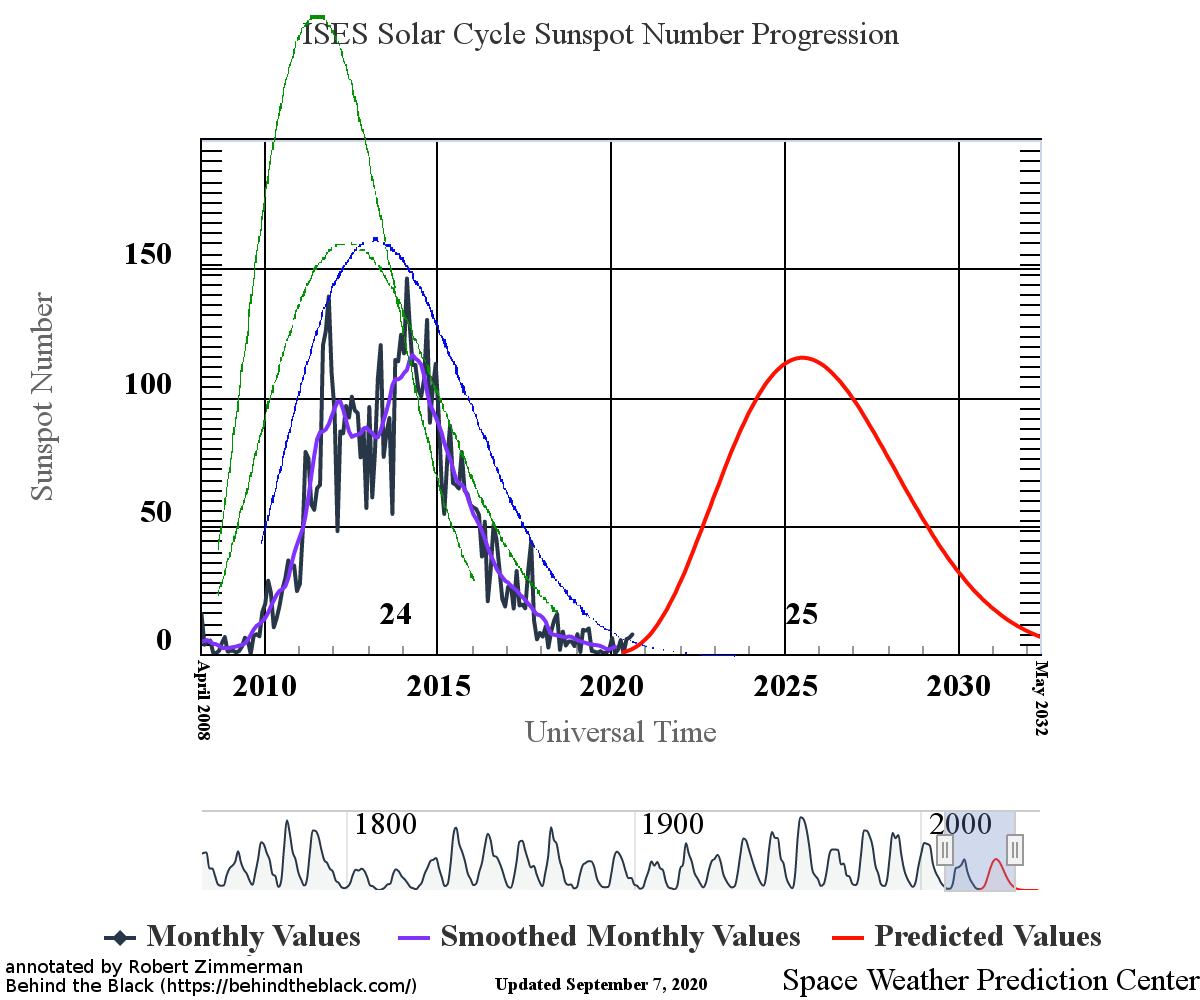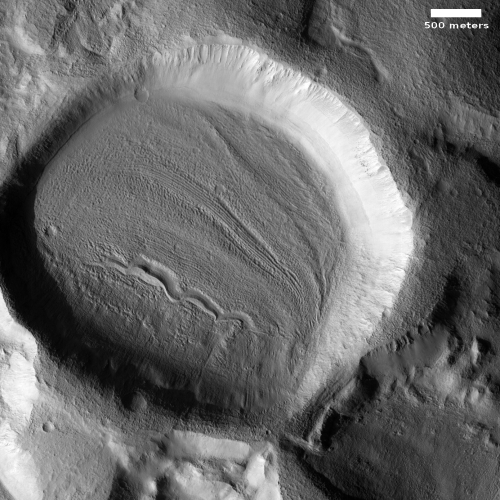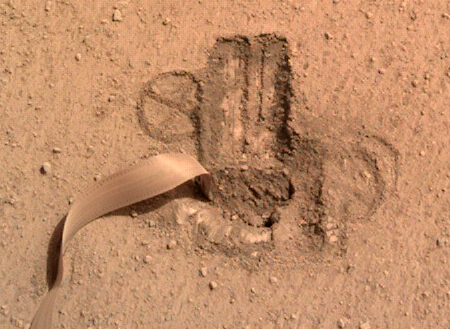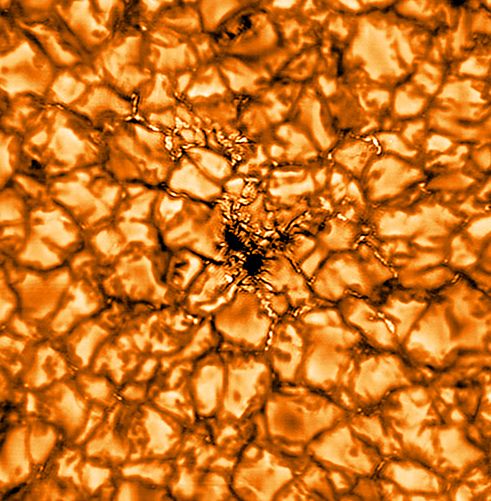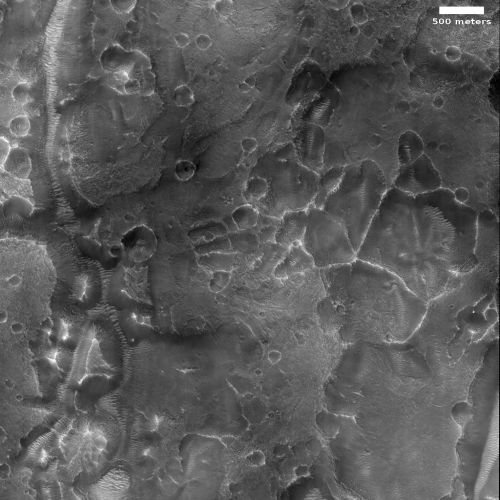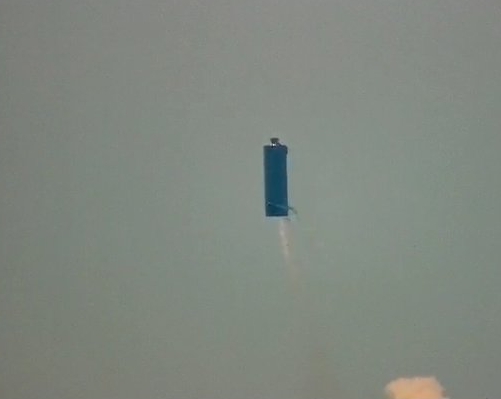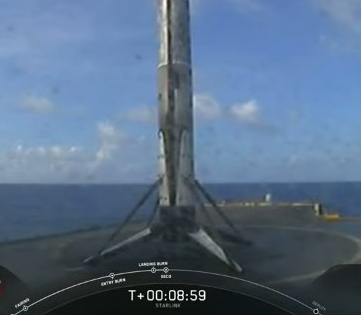Russia wins spacesuit contract for India’s Gaganyaan manned mission
The new colonial movement: The Russian Zvezda design center in Roscosmos has won the spacesuit contract to build the spacesuits and capsule seats for India’s Gaganyaan manned mission, targeted for a ’22 launch.
It is not surprising that the Russians won this contract. India does not have a lot of time to get the mission off the ground, and needs help. The Russian spacesuits are practical and proven, and are far superior to anything available from NASA. The only other option available at this moment would be the flight suits SpaceX designed for its Dragon missions and flown once. I suspect the Indians want something that has been used and tested more.
Moreover, their astronauts are being trained by the Russians. Better and simpler to have them use the suits the Russians use.
The new colonial movement: The Russian Zvezda design center in Roscosmos has won the spacesuit contract to build the spacesuits and capsule seats for India’s Gaganyaan manned mission, targeted for a ’22 launch.
It is not surprising that the Russians won this contract. India does not have a lot of time to get the mission off the ground, and needs help. The Russian spacesuits are practical and proven, and are far superior to anything available from NASA. The only other option available at this moment would be the flight suits SpaceX designed for its Dragon missions and flown once. I suspect the Indians want something that has been used and tested more.
Moreover, their astronauts are being trained by the Russians. Better and simpler to have them use the suits the Russians use.




